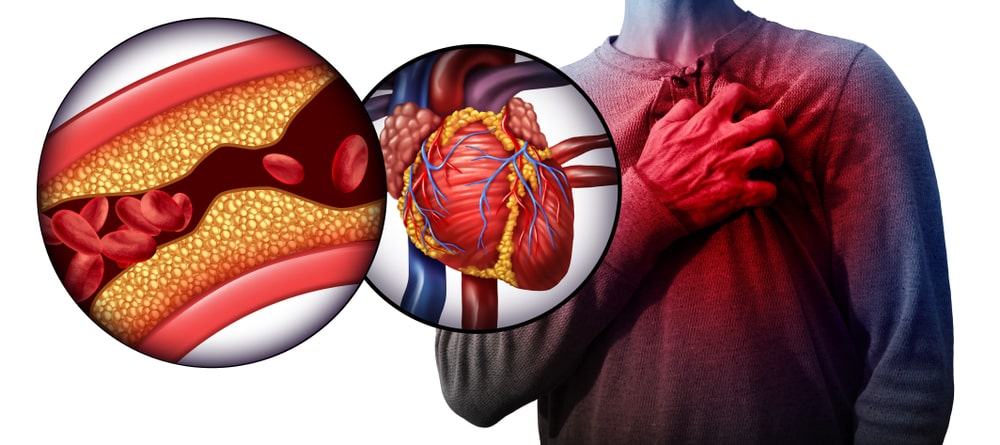Nutraceuticals For Hypertension Disease: Hypertension is a consequence of the interaction between genetics and the environment. Macronutrients and micronutrients are crucial in the regulation of blood pressure (BP) and subsequent target organ damage (TOD).
An integrative approach that uses nutrition, vitamins, antioxidants, minerals, functional foods, nutraceuticals, weight loss, exercise, judicious use of alcohol and caffeine with tobacco cessation combined with optimal pharmacologic therapy is the best means to reduce BP and TOD in most hypertensive patients. To achieve lower BP goals will require a combination of lifestyle modifications and drug therapy.
Such lifestyle changes may prevent or delay the onset of hypertension, and reduce BP levels and the progression of CVD, allowing for fewer drugs and/or lower doses. Finally, there may be additive or synergistic improvements in cardiovascular risk factors, and vascular, function, structure, and health.
Approximately 51-60 of essential hypertensive patients are excellent and appropriate candidates for preliminary and prolonged lifestyle modifications, as long as the BP is frequently evaluated. and clinical target organ damage (TOD), clinical cardiovascular disease, diabetes mellitus, or significant risk factors are not present at that time and do not develop later.
The basic science and clinical studies of nutraceutical supplements, vitamins, antioxidants, minerals, macronutrients and their impact on the prevention and treatment of hypertension, it is important to integrate nutrition and nutraceutical science with traditional drug therapy to reduce – BP and target organ damage (TOD) and improve the dismal statistics of BP control worldwide
Omega-3 PUFAs
Table of Contents
It is found in fish, such as salmon, tuna, and halibut other marine organisms such as algae and krill, certain plants, and nut oils.
Alfa linolenic acid (ALA), eicosapentaenoic acid (EPA), and docosahexaenoic acid (DHA) comprise the primary members of the omega-3 PUFA family. Omega-3 FAs are found in cold-water fish (eg, herring, haddock, Atlantic salmon, trout, tuna, cod, and mackerel), fish oils, flax, flaxseed.. flax oil, and nuts. Omega-3 PUFAS significantly lowered BP in observational, epidemiologic, and in some small prospective clinical trials.
Soluble fiber, guar gum, guava, psyllium, and oat bran reduces BP and reduces the need for Garlic. Garlic is the ripe bulb of Allium sativum Linn, belonging to the family Liliaceae. The major active components of garlic are its organo-sulfur compounds, such as diallyl thiosulfonate (allicin), diallyl sulfide (DAS), diallyl disulfide (DADS), diallyl trisulfide (DATS), E/Z-ajoene, 5-allyl cysteine (SAC), and S-allyl-cysteine sulfoxide (alliin).
Long-acting preparations and doses of garlic have shown consistent reductions in BP in 1 hypertensive patient. Others nutraceutical has been used for the treatment of hypertension disease like as Tea: green & black, Seaweed Wakame (Undariapinnatifida).
α-Lipoic Acid
Lipoic acid is present in many foods in which it is bound to lysine in proteins, but slightly more so in kidney, heart, liver, spinach, broccoli, and yeast extract. Naturally occurring lipoic acid is always covalently bound and not readily available from dietary sources.
Lipoic acid is a heterocyclic fatty acid comprising pentanoic acid with a 1,2-dithiolan-3-yl group at the 5-position. It has a role as a fundamental metabolite. It is a member of dithiolanes, a heterocyclic fatty acid, and a thia fatty acid. It derives from octanoic acid. a-lipoic acid is a potent and unique thiol compound antioxidant that is both water and lipid-soluble acid.
Arginine
Arginine is found in plant and animal proteins, such as dairy products, meat, poultry, fish, and nuts. The ratio of L-arginine to lysine is also important: soy and other plant proteins have more L arginine than animal sources of protein. L-arginine is an L-alpha-amino acid that is the L-isomer of arginine.
Arginine, also known as l-arginine (symbol Arg or R), is an a-amino acid that is used in the biosynthesis of proteins. It contains an a-amino group, an a-carboxylic acid group, and a side chain consisting of a 3-carbon aliphatic straight-chain ending in a guanidino group.
l-arginine is the primary precursor for the production of nitric oxide (NO), which has numerous cardiovascular effects mediated through conversion of l-arginine to NO by eNOS to increase cyclic GMP levels in vascular smooth muscle, improve ED, and reduce vascular tone and BP. Patients with hypertension, hyperlipidemia, and atherosclerosis have elevated serum levels of al symmetrical dimethylarginine, which activates NO. Human studies in hypertensive and normotensive subjects of parenteral and oral administrations of l-arginine demonstrate an antihypertensive effect. BP decreased significantly on 10 gl-arginine per day by 6.2/6.8 mmHg. 1 arginine produces a statistically and biologically significant decrease in BP and improved.
Oxidative Stress With An Imbalance Between Reactive Oxygen Species
ROS and the antioxidant defense mechanisms may contribute to the etiology of hypertension in animals and humans. Hypertensive patients have impaired endogenous and exogenous. antioxidant defense mechanism. In addition, hypertensive patients have more oxidative stress with more ROS produced and a greater than normal response to oxidative stress.
Make sure you also check our other amazing Article on : Dietary Supplements In Calming
